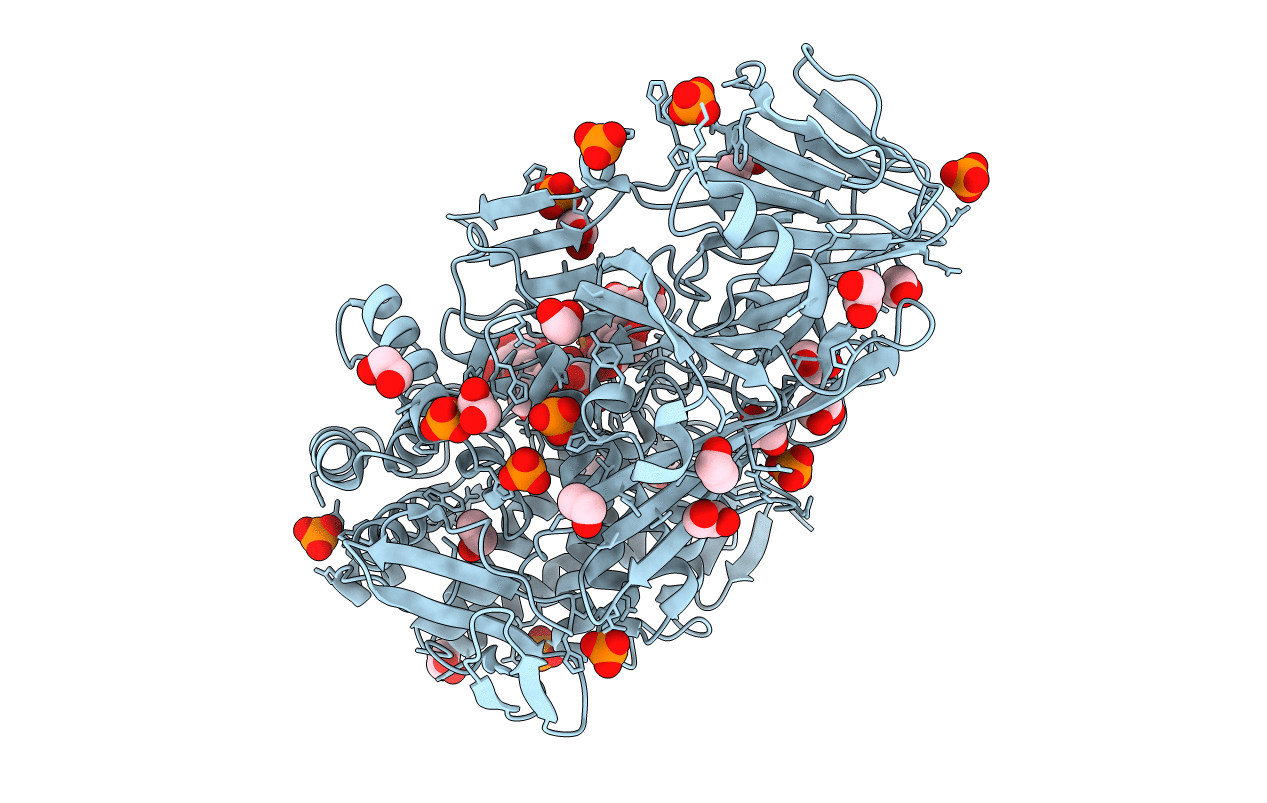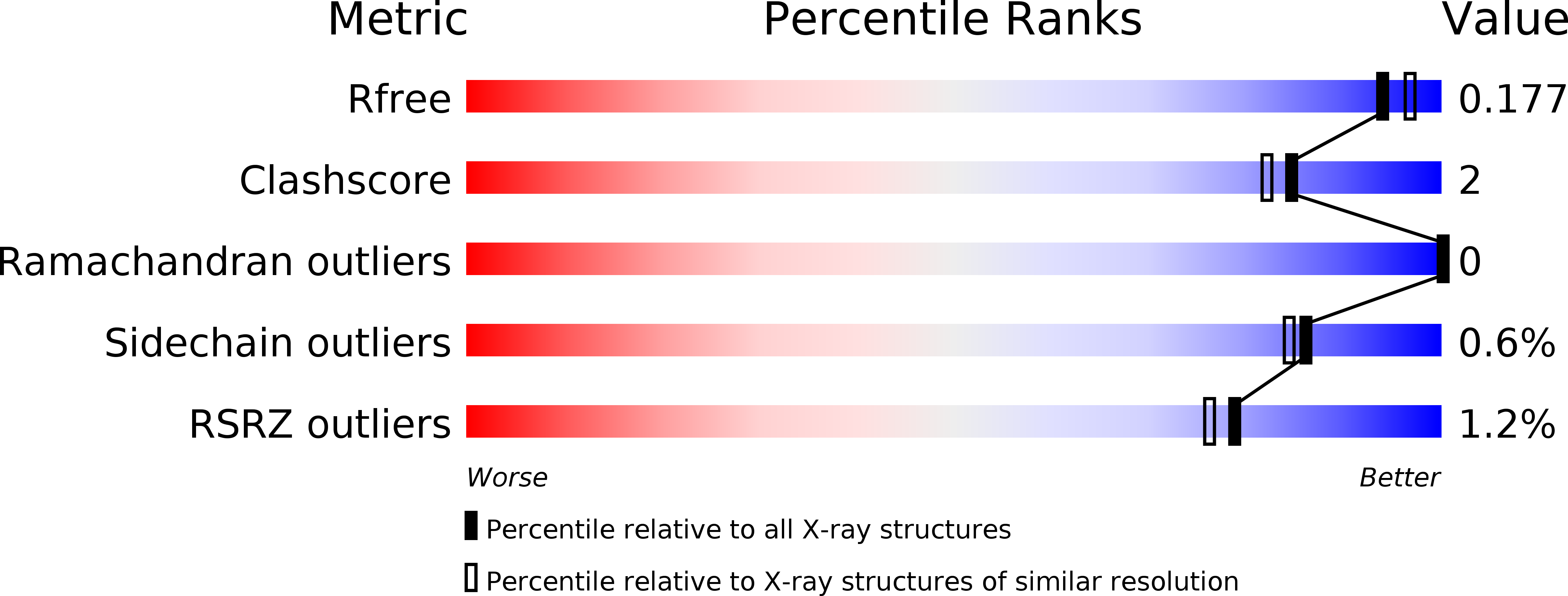
Deposition Date
2016-08-29
Release Date
2017-06-28
Last Version Date
2023-10-04
Entry Detail
Biological Source:
Source Organism:
Bacillus halodurans (Taxon ID: 272558)
Host Organism:
Method Details:
Experimental Method:
Resolution:
1.80 Å
R-Value Free:
0.17
R-Value Work:
0.16
R-Value Observed:
0.16
Space Group:
P 21 21 21


